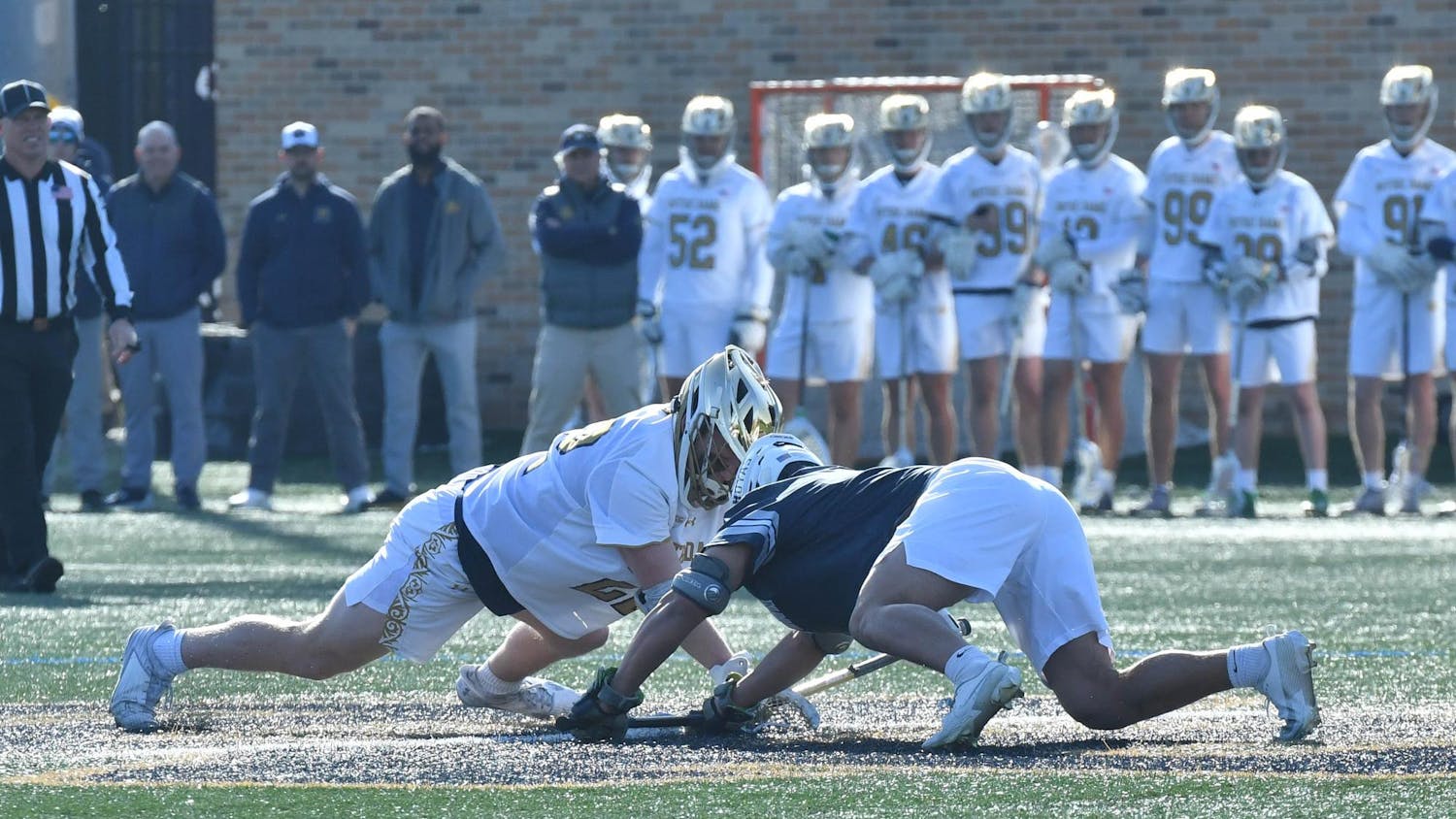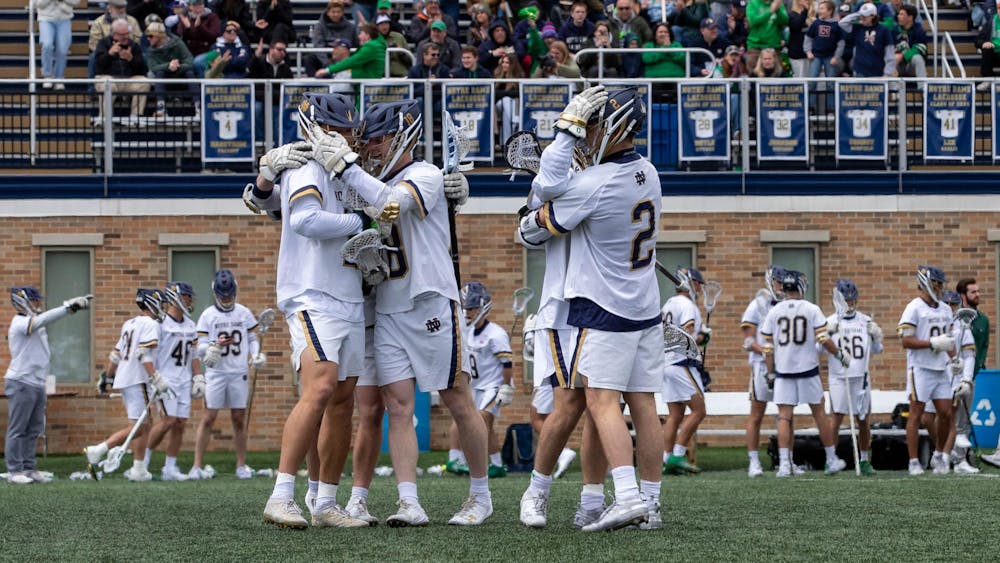Three Sports Authority columns.
Three Observer Sports Writers.
Two references to the Program of Liberal Studies.
One slippery slope fallacy.
One invocation of Aristotle’s Golden Mean.
2,425 words.
20 em dashes.
Some good ideas, but not one mention of the real problem.
What just happened?
Last week, this column was the scene of a heated debate between Tobias Hoonhout, Ben Padanilam and Marek Mazurek over paying collegiate athletes. Hoonhout’s argument that the NCAA’s recent failures prove a need to pay student-athletes recognized a serious problem, but his solution created issues of its own. Padanilam outlined those new problems skillfully, but his own solution of a renewed focus on amateurism would be so laughably ineffective he may as well have been ignoring the problem entirely. Mazurek’s Aristotelian solution offered the best ideas yet, but allowing agents and image rights is still looking at the wrong issue entirely.
Because this isn’t an NCAA problem; it’s a problem with professional leagues like the NBA.
Why do the best young athletes in the nation need to play in college at all?
There’s no doubt that the likes of Deandre Ayton make a huge amount of money for their schools, their coaches, their conferences and the NCAA. There’s simply no way it’s fair to have those top-tier stars living below the poverty line, as 86 percent of student-athletes do while others profit off their success. Selling image rights could get around this, but is far too easy to exploit in its own way. Why come up with a whole new set of rules to police image rights when you could just let athletes turn pro right out of high school?
We had prep-to-pro in the NBA before, of course. It gave us Kevin Garnett, Kobe Bryant and LeBron James. But it also gave us Korleone Young, Robert Swift and Sebastian Telfair, so athletes had to be out of high school for a year instead. That never had anything to do with wanting to give athletes a college education, it was purely a scouting issue. Teams wanted safe investments, and 18-year-olds who never played against opposition above other high school and AAU teams were anything but safe.
That argument did have some validity. There are only so many roster spots, so players naturally get discarded at a young age if they don’t make an impact. But that doesn’t mean college needs to be the solution.
The real problem is the lack of an effective minor league. If the feeder system into NBA was larger and better-funded than the current G-League, or if a rival league for younger players existed, the results would be better for just about everyone involved. Players who should receive money can do so, college teams can still thrive with the knowledge that every player wants to be there and teams can develop players for themselves instead of trusting college teams to. Even better, the increased number of roster spots means that the number of athletes who do make it as pros will increase from the 2 percent Padanilam mentioned. But instead, the NBA abuses its status as a monopoly for professional basketball in the U.S. to avoid spending money on a real minor league.
The concept works in baseball, despite the fact that top high school players are usually much further from Major League starters than young basketball players. Yet in basketball, people will pretend that a single year of college is somehow worthwhile for players who are guaranteed million-dollar paychecks when it ends.
Even in football, where age restrictions have a safety component, a strong minor league could be a huge improvement. Yes, 18-year-olds generally shouldn’t compete with NFL linebackers, but asking an FCS-level Mercer freshman to go up against the NFL-caliber athletes at a team like Alabama is surely more dangerous. A league for best developing athletes would not only help counter the corruption that’s just as prevalent in football as it is in basketball, it would also be safer.
The current college sports model is blatantly exploitative of many athletes and unsurprisingly leads to rampant cheating — denying that won’t get you anywhere. But as long as we act like it’s the NCAA’s problem to fix, we’ll never find a workable solution.
A problem with professional-caliber athletes deserves a professional solution.













